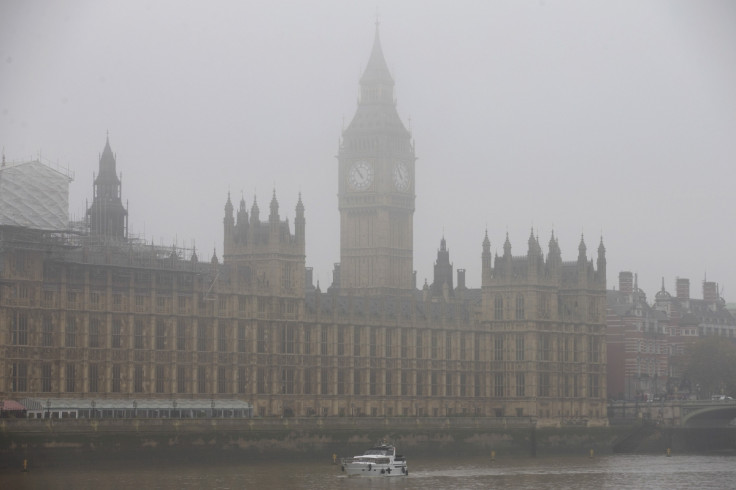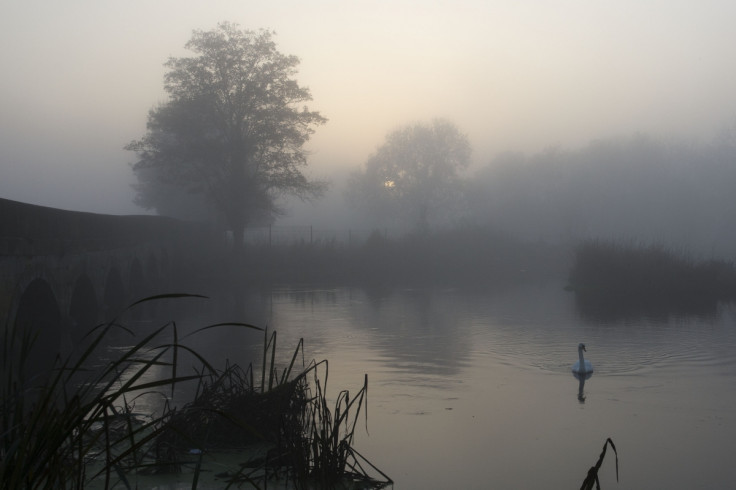What is fog and why has it descended over the UK?

Thick fog across the UK has caused widespread chaos, with travellers warned to prepare for flight delays and cancellations at Heathrow airport and other affected hubs – including Manchester, Leeds Bradford, Glasgow, Cardiff and Belfast.
The Met Office yesterday warned the dense fog would become widespread over central and southern England, reducing visibility to less than 100 metres in some areas. Yellow weather warnings have been issued for the East Midlands, East of England, London & South East England, North West England, South West England, Wales, West Midlands and Yorkshire & Humber.
But what causes fog?
Fog, which can either be thick or thin, is a cloud that reaches the ground. In some conditions, fog can be so dense that it can obscure visibility for driving. Fog occurs when water vapour – water in its gaseous form – condenses. During the condensation process, water molecules combine to make liquid droplets that hang in the air. While water vapour is invisible, fog is visible because of these tiny water droplets.

Fog is different to mist, which is reported when visibility exceeds one kilometre. The five most important factors for forecasting fog formation are: long nights during colder months, clear skies with light winds, moist air, a low-level temperature inversion, and a sufficient supply of condensation nuclei (tiny particles such as dust that provide surfaces on which water molecules can condense).
Radiation fog is the most common cause of fog, which occurs during clear nights with little wind.
The Met Office says: "Radiation fog usually occurs in the winter, aided by clear skies and calm conditions. The cooling of land overnight by thermal radiation cools the air close to the surface. This reduces the ability of the air to hold moisture, allowing condensation and fog to occur.
"Radiation fogs usually dissipate soon after sunrise as the ground warms. An exception to this can be in high elevation areas where the sun has little influence in heating the surface."
Conditions for radiation fog are associated with high-pressure systems. The fog descended as the UK recorded its warmest November day with a temperature of 22.4C in Wales.
© Copyright IBTimes 2025. All rights reserved.





















